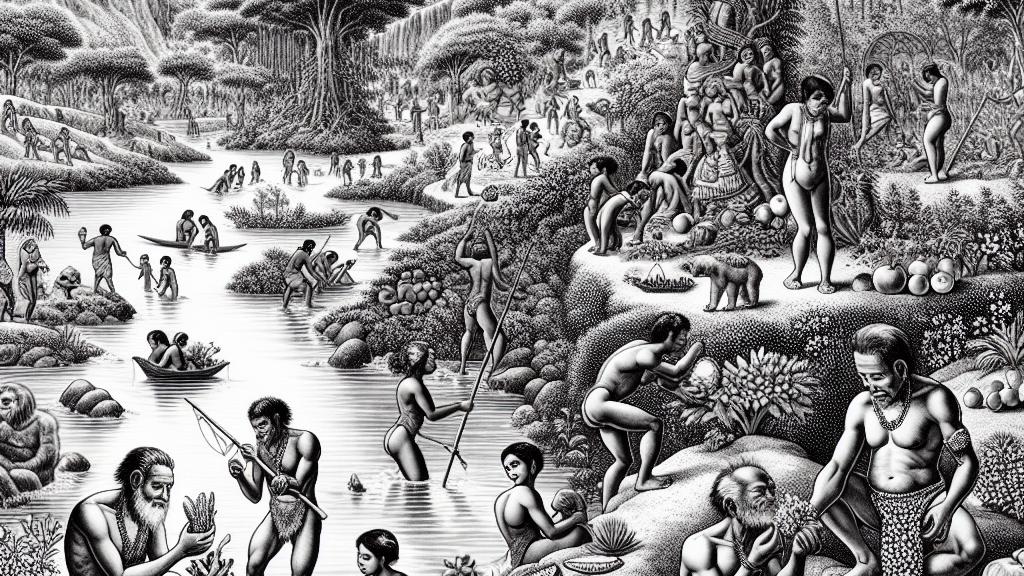Exploring How Ancient People Used Land in South Asia
Overview
- Uncover the intricate ways ancient societies shaped and used their landscapes.
- Discover how agriculture emerged gradually and took on diverse forms across South Asia.
- Understand how these historical practices can guide today’s sustainable land use strategies.

The Rich Context of Ancient Land Use
In the vibrant tapestry of South Asia, particularly in the lush landscapes of India, researchers have embarked on a thrilling journey to decode the land use practices that stretch back over 12,000 years. Their impressive study brings together a diverse team of archaeologists and paleoecologists, revealing the pivotal role of hunter-gatherer societies during this era. Imagine early humans delicately fishing in sparkling rivers, foraging sweet fruits, and gathering nuts from ancient trees, all while meticulously adapting to the ebb and flow of nature. These interactions with their environment were not mere survival strategies; they laid the groundwork for future agricultural practices. By delving into this history, we gain essential insights into how human actions have long impacted our planet, providing a valuable reference point for modern climate models that seek to understand today’s environmental challenges.
The Gradual Rise of Agriculture
The transition to agriculture in South Asia was anything but instantaneous; it was a slow and captivating evolution that unfolded over thousands of years. Around 6,000 years ago, the first seeds of farming began to be sown, specifically in regions such as present-day Pakistan. Picture small farming communities carefully planting fields, their knowledge passed down through generations, adapting their practices to the very rhythms of the land. The agricultural methods developed were varied and localized—ranging from rice cultivation to the tending of millet—reflecting the rich diversity of the region’s ecosystems. This gradual shift reveals that ancient societies were not just passive observers of their environments, but active participants shaping the landscapes they inhabited. Recognizing this uniqueness helps us appreciate how sustainable practices can develop organically when they are in harmony with local ecosystems.
Lessons for Modern Land Use
So, what timeless wisdom can we draw from these ancient practices? Understanding how societies once navigated their landscapes illuminates pathways for addressing our current environmental crises. Today, rampant urbanization and industrial agriculture threaten ecological balance, resulting in soil degradation and diminished biodiversity. Yet, if we take cues from our ancestors, we can forge paths towards sustainability. For instance, integrating traditional techniques like agroforestry can revive ecosystems while providing food security. Envision vibrant mixed-crop fields that combine ancient agricultural wisdom with modern technology! The historical evidence from South Asia serves as a potent reminder that learning from our past is not just about nostalgia; it’s about crafting a healthier, more sustainable future. By reflecting on our collective history, we empower ourselves to tread lightly on this Earth and nurture a world where nature and humanity coexist harmoniously.

Loading...